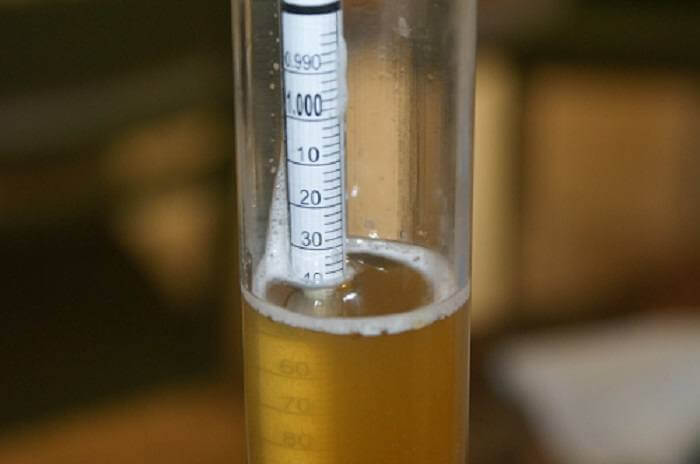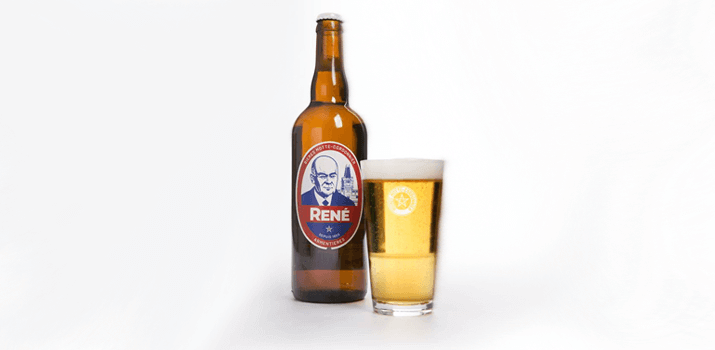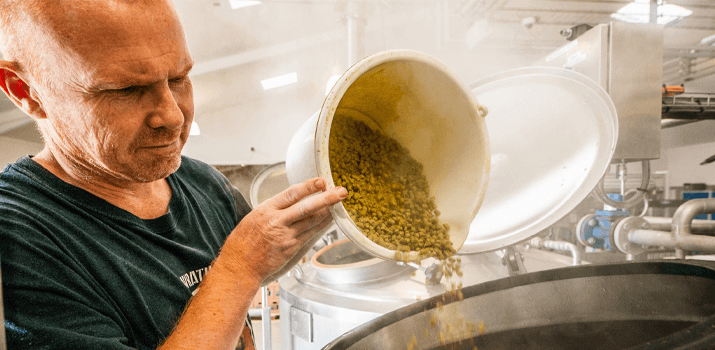
To accurately monitor your brewing process, using a hydrometer or a refractometer is essential. These tools measure the specific gravity of your wort—the sugar concentration in your beer-in-progress. But which one should you choose, and why?
Team Hydrometer
The hydrometer works based on Archimedes' principle: “Any body immersed in a fluid experiences an upward buoyant force equal to the weight of the fluid it displaces.” This principle allows brewers to measure the density of their wort with precision.
Affordability is one of the hydrometer’s main advantages. It typically comes with a test tube and is easy to use, offering reliable and accurate density readings. However, you must cool the wort sample to 20°C before testing, which can slow down spontaneous measurements during mashing or boiling. Additionally, hydrometers require a relatively large sample—around 300 mL—making them less ideal for small-batch brewers.
Team Refractometer
Refractometers only require a drop or two of wort, making them highly efficient and economical. However, once fermentation begins and alcohol is present, readings become inaccurate unless corrected. Fortunately, online calculators can adjust these readings accurately.
For pre-fermentation measurements, refractometers offer unmatched convenience, delivering instant results with minimal wort loss. Most models also include automatic temperature correction up to 50°C, so there's no need to wait long before testing.
Hydrometer
Pros:
- Highly accurate
- Works during fermentation
- Budget-friendly
Cons:
- Sample must be cooled to 20°C
- Fragile
- Not ideal for small batches due to sample size
Refractometer
Pros:
- Instant readings
- Minimal wort loss
- Convenient temperature compensation
Cons:
- Less accurate post-fermentation without correction
Hydrometer or refractometer? Each has its strengths. The best setup might be to use both, depending on the stage of your brewing process.
Explore more brewing tips:
What is a fruit beer ?
March beer or spring beer







